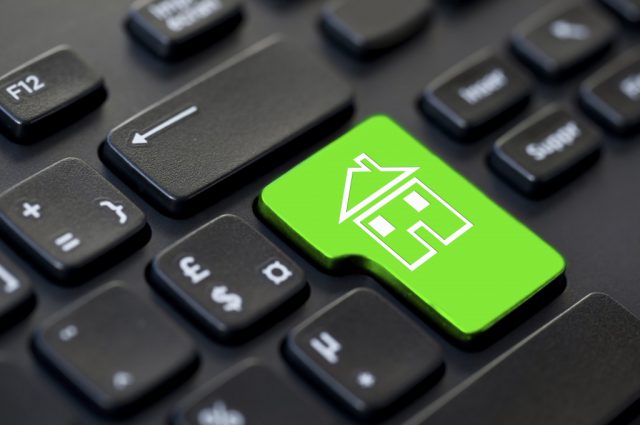Londoners have least disposable income
New research has indicated that the assumption that all Londoner’s are wealthy is far from the truth.
According to new research from Hampton’s International, the rise in house prices and large mortgage and bill payments have left families with a lot less disposable cash than the UK average.
Capital pains
Findings from Hampton’s research suggest that the average young family in the capital has only around £347 left per year in disposable cash after mortgage and other essential bills have been paid. This leaves them with around 22 times less disposable cash than seen as average within Britain.[1]
In addition, the research shows that it has become 77% more difficult to purchase a property in London since 2010. The findings show that only the West Midlands has also seen a fall in house affordability since the last general election, with other regions experiencing a rise.[2]
Hampton’s Ability to Buy study, which is devised of a points-based system, measuring house prices, interest rates, incomes and inflation, suggests that it was 85% harder to purchase a property in London during the twelve months to quarter three of 2014. The same study found that it was 73% more difficult in the year proceeding quarter four of 2014. This was put down to a 17% increase in house prices, coinciding with a 9% rise in childcare costs and a 1.6% decrease in average household incomes.[3]
Unaffordable
The report stated that the average four-person family in London earns a total gross household income of £79,571. This means that they accrue £22,546 per annum after tax, childcare and features such as food and utility bills have been taken into account. Hampton’s have found that once mortgage costs have been taken from this, which leaves the average household with £347 per year.[4]
All findings were based on the average family consisting of a male and female in full time work and two children receiving full-time childcare. Additionally, the figures were based on families with an 85% loan-to-value mortgage.[5]
Improvements
Throughout the UK, the ability to buy was found to have fallen by 3% during 2014. However, Hampton’s report suggests that overall, affordability is up by 2% from the last General Election. The South West was found to be the best place in terms of improvements in the ability to buy, showing an increase of 9%. This was attributed to small house price growth of 5.5%, the biggest wage growth in the country at 4.5, alongside less spending on transport.[6]
Fionnuala Earley, analyst at Hampton’s International, stated that, ‘the ability to buy a home today is on average 2% better than it was at the time of the last general election.’ However, Earley went on to say that, ‘despite some of the lowest mortgage rates on record, falling food and oil prices and some increase in wages, ability to buy is worse off than this time last year.’[7]
Earley believes that this is, ‘largely a result of house price growth outperforming incomes.’ She warns however that, ‘for working families with children the growing costs of childcare eats into the amount of money left at the end of the month to service a mortgage.’[8]
Hampton’s found that the ability to buy varied by different household type. In the twelve months to quarter four of 2014, it become 1% harder to afford a property for working couples without children and 6% harder for a working family with two offspring. First-time buyers were found to have a 2% increase in difficulty of buying a property than at the same time in 2013. However, they were 11% more likely to be able to get onto the property ladder since the last election.[9]
This rise in first-time buyer affordability could be put down to features such as the Government’s Help to Buy Scheme. Furthermore, young buyers may have been greatly assisted by funds generated by their parents or grandparents downsizing their own property, or by changes to the pension law.
[1-9] http://www.telegraph.co.uk/finance/property/house-prices/11546239/Think-Londoners-are-rich-Heres-how-much-cash-is-left-after-mortgage-costs.html

